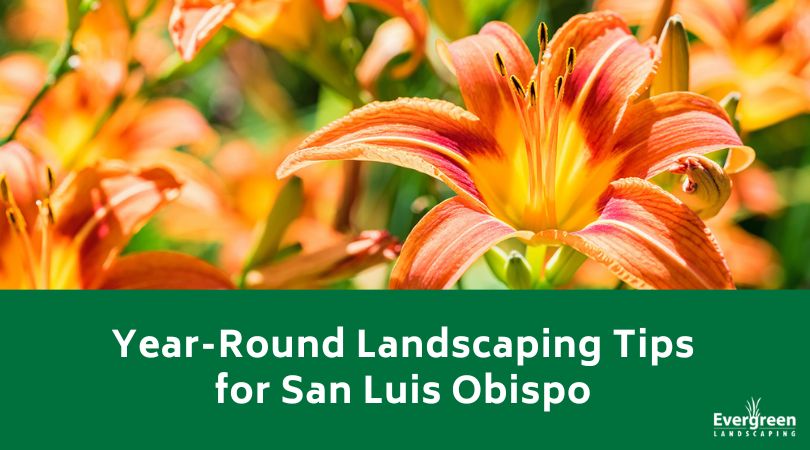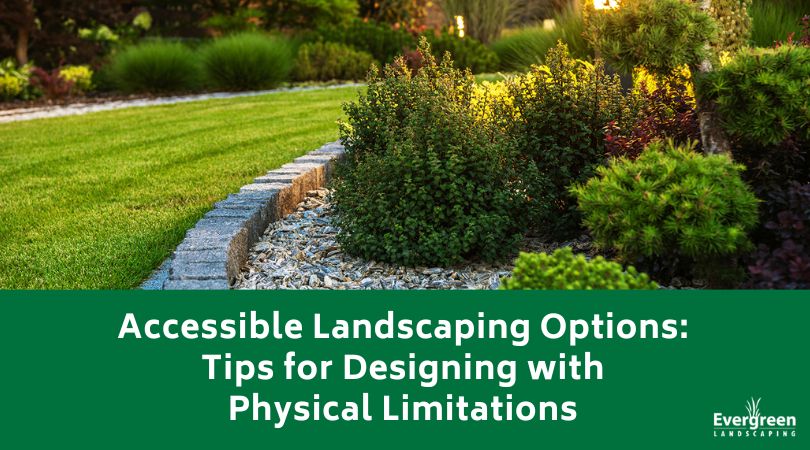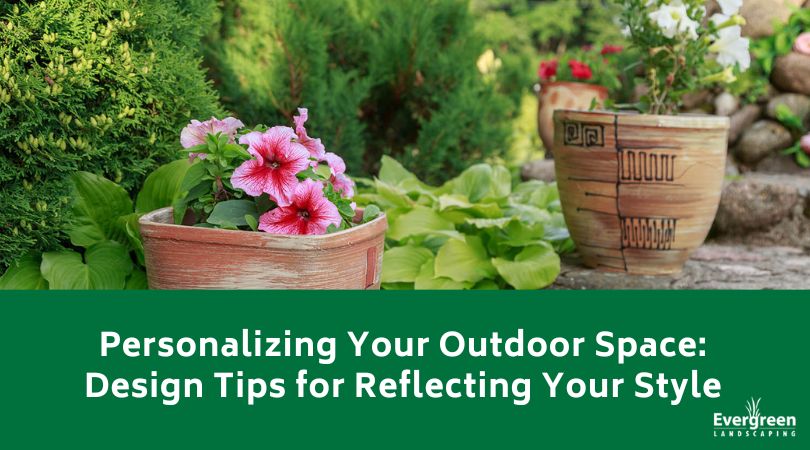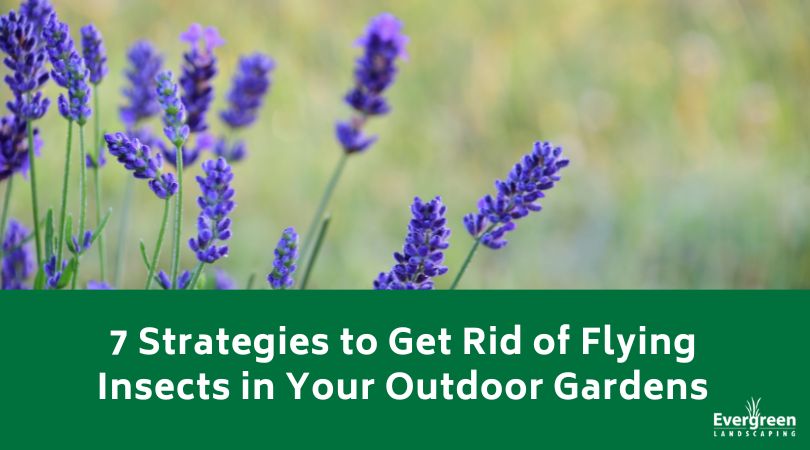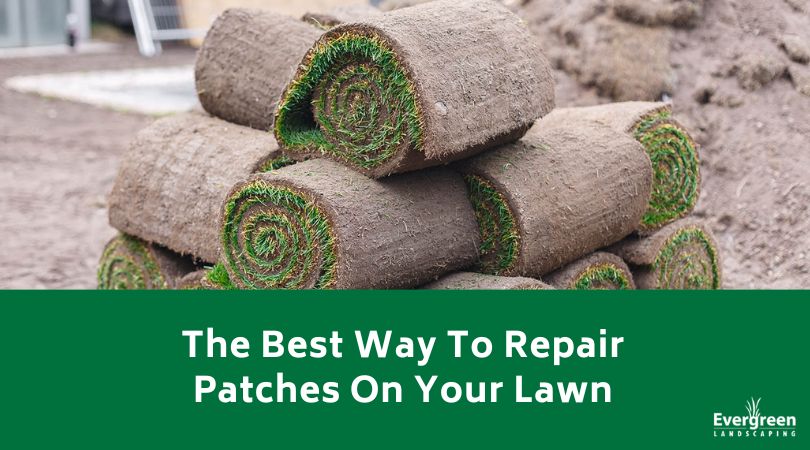From Outdated to Outstanding: Revamping Your Landscape Design In San Luis Obispo

Today, we’re diving headfirst into a topic that’s bound to breathe new life into your surroundings: revamping outdated landscape designs. Your home, the sanctuary you return to every day, deserves to be surrounded by beauty and charm. If you’ve been eyeing your landscaping lately and thinking it could use a little love, you’re in the right place.
Outdated landscaping might be dampening your property’s potential (and value), but don’t worry! In this blog, we’ll explore how to recognize the signs of outdated landscaping and the powerful impact a revamp can have on your property value and curb appeal.
Section 1: Identifying Outdated Landscaping
In the quest for a rejuvenated outdoor space, it’s crucial to first identify the signs of outdated landscaping. By objectively evaluating your garden, you can pinpoint areas that are in need of a transformation. Here’s a checklist to help you recognize the telltale signs:
Overgrown or Mismatched Plants: Take a look at your plants. Are they growing uncontrollably, overshadowing other elements? Do they clash in color or size, creating visual chaos rather than harmony?
Worn-Out Hardscape Elements: Paths, patios, or fences that are weather-worn, cracked, or simply out of style can drag down the entire aesthetic of your landscape.
Lack of Sustainable Features: Outdated landscapes often lack eco-friendly elements. In regions prone to drought, water-intensive lawns are a glaring sign of outdated design. Look for a lack of sustainable features like rainwater harvesting systems, native plants, or energy-efficient lighting.
Changing Trends: Keep in mind that landscaping trends evolve. What was in vogue a decade ago might not resonate with contemporary aesthetics. Elements that were once stylish can now make your garden look passé.
By evaluating your landscaping through these lenses – functionality, aesthetics, and harmony with your home’s design – you can objectively assess its current state.
Section 2: Common Outdated Landscaping Features
Let’s shed light on features that often contribute to an outdated landscape
Excessive Use of Concrete: Gardens dominated by vast concrete slabs lack the warmth and natural appeal that modern landscapes embrace.
Overly Symmetrical Designs: Contemporary landscapes often celebrate organic shapes and flowing lines, offering a more natural and visually engaging experience.
Absence of Focal Points: Outdated landscapes often miss a standout feature, be it a stunning sculpture, a vibrant flower bed, or a unique tree. Focal points draw the eye and add personality to your space.
Outdated Hardscape Materials and Designs: Think about materials like pea gravel paths or heavily ornamented wrought iron fences; these elements might have been stylish once but can now give your landscape a dated vibe.
Recognizing these outdated features in your landscape doesn’t mean starting from scratch; it’s an opportunity to selectively enhance, replace, or re-imagine.
Section 3: Envisioning Your Ideal Landscape
Now that we’ve identified the outdated elements, it’s time to unleash your creativity and dream big about your ideal outdoor space. Envisioning your dream landscape is an exciting and essential step, setting the stage for a transformation that perfectly suits your lifestyle and preferences.
Consider Your Lifestyle and Preferences: Start by reflecting on your lifestyle. Do you love hosting gatherings? Are you a fan of cozy, intimate spaces? Consider your hobbies, your favorite colors, and the ambiance that makes you feel at peace. Your landscape should be an extension of your personality.
Identify Specific Features: What do you desire in your dream garden? Outdoor seating areas for entertaining guests? A sustainable garden with native plants and wildlife-friendly features? Perhaps modern lighting installations that create a magical ambiance in the evenings? List down these specific features.
Section 4: Seeking Professional Assessment
Now that you’ve envisioned your dream landscape, it’s time to turn those visions into reality with the help of skilled landscaping professionals. While your creativity lays the foundation, these experts bring invaluable knowledge and experience to the table.
Design Expertise: Professionals can provide expert design suggestions, ensuring that every corner of your garden harmonizes with your aesthetic. From the layout of outdoor seating areas to the selection of plant species, their insights can elevate your ideas, making them not just dreams but tangible, living landscapes.
Plant Selection and Sustainable Practices: Landscaping professionals can guide you on plant selections tailored to your region, ensuring a garden that thrives with minimal maintenance. Moreover, they can introduce you to sustainable practices like rainwater harvesting, energy-efficient lighting, and eco-friendly materials, enhancing both the beauty and eco-friendliness of your space.
By collaborating with landscaping professionals, you’re not just getting a garden makeover; you’re investing in a holistic transformation. Their expertise can turn your dreams into a tangible, breathtaking landscape, one that resonates with your lifestyle and values.
Take Action Today! Contact Evergreen Landscaping.
Are you ready to transform your outdated yard into an outstanding oasis? Look no further. Evergreen Landscaping is your trusted partner in this exciting endeavor. Our skilled professionals are not just landscapers; they are artists, crafting outdoor spaces that reflect your dreams and aspirations.
Don’t delay – let’s make your dream landscape a reality. Together, we’ll turn your outdated yard into a masterpiece, a place where modern aesthetics and sustainable practices converge in perfect harmony. Your outstanding outdoor haven awaits – contact Evergreen Landscaping and let the transformation begin!

